Towards the middle of the 1960’s, a new kibbutz was established at Tel Avdon in the Western Galilee. A lot of effort went into building it, but no trace remains – besides on the movie screen. The kibbutz was established so that Sophia Loren, who at the time was at the height of her beauty and charm not long after winning the Oscar for Best Actress, could wiggle her hips there while wearing short shorts and a blue shirt.
The gorgeous Italian movie star landed in Israel on July 29, 1964. She toured the country for ten days before starting to shoot the film Judith, the reason for her coming here. She visited kibbutzim and an army base, and shed some tears at the Ghetto Fighters’ House. While in Israel, the star stayed in a suite at the Dan Carmel Hotel in Haifa (the film crew stayed in Nahariya, and the other foreign actors at Dolphin House in Shavei Zion).
During the 15 or so weeks it took to shoot the film in Israel, the local press was abuzz with activity. Even though Loren was surrounded by bodyguards, she was hounded everywhere she went. The royal visit was deemed a success. It resulted in the film Judith, which was released at the beginning of 1966, a line of tembel hats with the name Judith printed on them that were handed out to Israeli children for free, and a boycott of Arab countries by Sophia Loren (in those days the Arab market for Western films was small, so the American distributors didn’t really give a hoot). All of that occurred thanks to the dream of one man – the Jewish producer Kurt Unger, who died in his home in England in 2011 and at his request was buried in Israel.
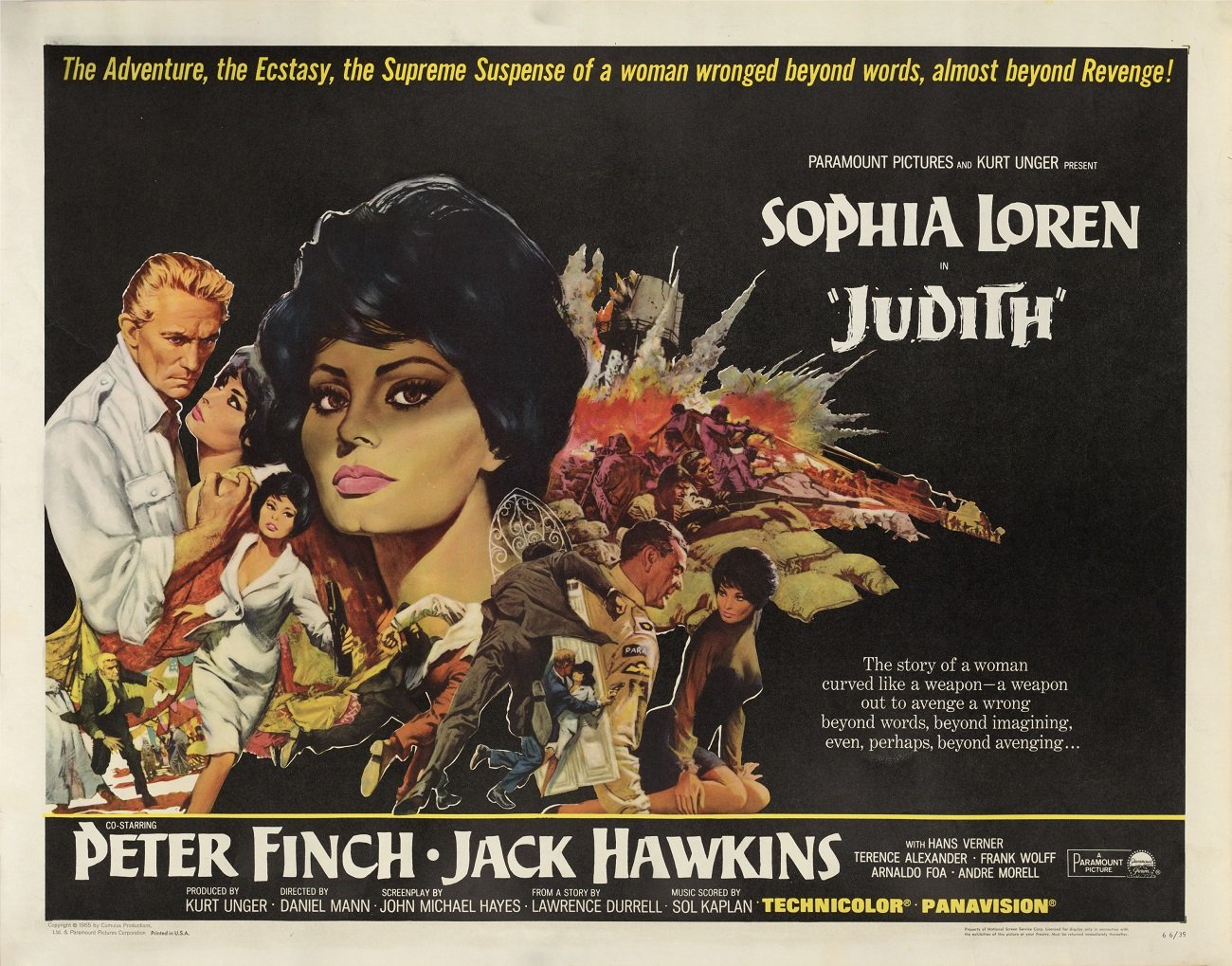
Kurt Unger was born in Berlin in 1922 to a family that had deep roots in the world of cinema. His grandfather owned movie houses. His father, Siegfried Unger, was a film director and producer in Germany before the war. After his father’s death and the Nazis’ rise to power, Siegfried’s widow and two children – Kurt and his sister – emigrated to Palestine. Kurt was a teenager in Tel Aviv when he began working for a film distribution company. While serving in the army, he was an officer in the Cinema Unit, which organized film screenings for soldiers. After that, he worked for United Artists in Israel. He left the country in 1953 and continued working for the company in Rome, and then in London. At that stage, he was already acquainted with all the movers and shakers in the film industry and worked hard to advance the first film that he would produce independently.
Unger wanted to produce a film about a courageous Jewish woman who helped the State of Israel in its early days, depicted against the backdrop of the War of Independence. “My father came to Palestine at the age of 11 and spent his formative years in the country, which he was very proud of,” his son, Daniel Unger, said in an interview from London. Himself a film producer, at the age of 16 Daniel worked as a production assistant on the set of Judith. “He served in the army and was one of the pioneers of the Israeli film industry – first as a distributor and later as a producer. He believed that the best way to create public relations for Israel was through the mass medium of cinema. He tried to produce another one or two films in Israel, but without success.”
Kurt Unger shared his dream with Lawrence Durrell – one of the most popular British authors at the time – and asked him to write the screenplay. Durrell, who had just finished writing the screenplay for Cleopatra starring Elizabeth Taylor and Richard Burton, was perfect for the job. He was born in India to colonialist parents, and lived in Greece and the Middle East. Durrell himself was not Jewish, but two of his four wives were. His second wife, Eve “Yvette” Cohen, was an Egyptian Jew whom he met during World War II while serving as the press attaché of the British embassy in Alexandria. Yvette was the inspiration for the protagonist in Justine, the first book in his renowned series of novels, The Alexandria Quartet.
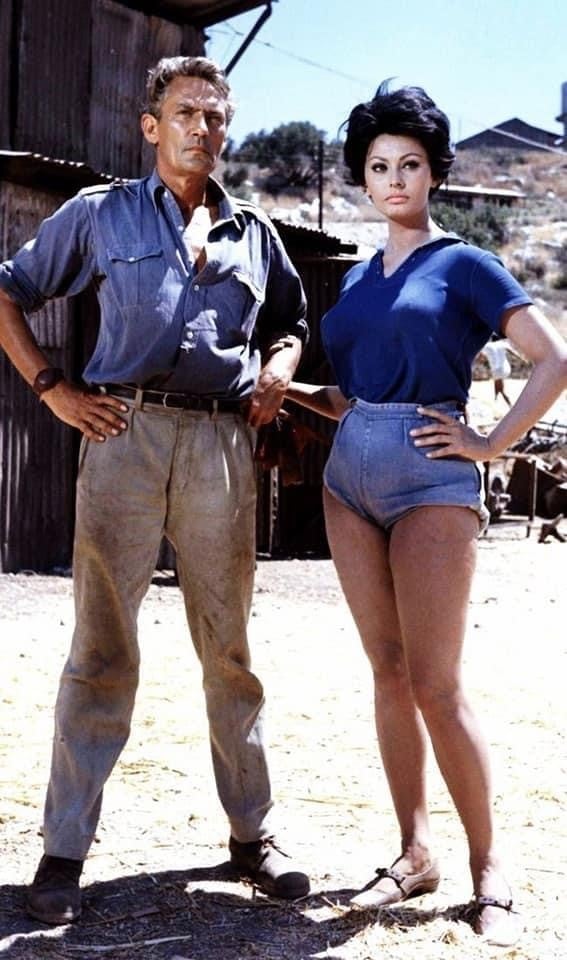
Throughout his entire life, Durrell to escape the Anglo-Christian moralism and emasculating dreariness of England (and seemingly went so far that his daughter, Sappho Jane Durrell, hinted at incest in her diaries, which were found after her suicide at the age of 33). He looked for a different kind of life in the Middle East, which gave him the tools for writing a screenplay that takes place in Israel. Additionally, his works often featured Jewish characters, who for him were the embodiment of outsiderness as well as freedom. Therefore, Durrell was happy to accept Unger’s offer and went to Israel with him to receive inspiration.
The plot of Judith takes place in Palestine in 1948 during the last days of the British Mandate. In Durrell’s initial version of the screenplay, Judith is a scientist, but Sophia Loren refused to portray a scientist. She wanted Judith to be a simple woman, a Holocaust survivor and a mother. And no one argues with Sophia Loren.
In the final version of the film, the story went like this: the Haganah, the pre-State defense force, learns that the German Panzer commander and general, Gustav Schiller (Hans Verner), is training the Arabs in tank tactics, but the Haganah is unable to locate him. The person who can help them is Schiller’s ex-wife, a Jewess named Judith Auerbach-Schiller, who was betrayed by him during the war. She was sent to Dachau, where she had to provide sexual favors to Nazi officers. After the war, she comes to Palestine, seeking revenge on Schiller and hoping to find her lost son.
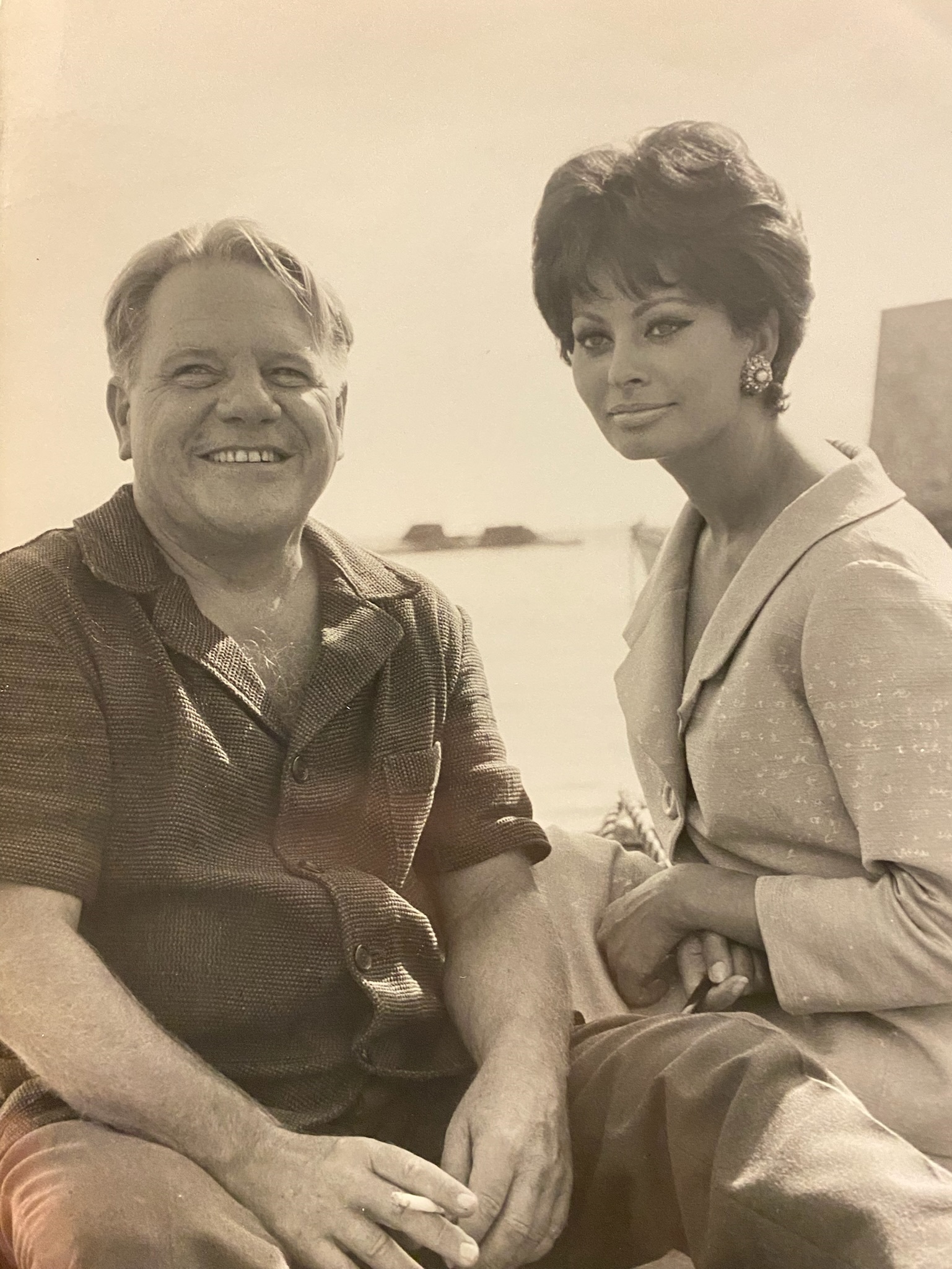
In Palestine, Judith is sent to a kibbutz, where she is under the wing of the Haganah commander, Aaron Stein, portrayed by the British-Australian film star, Peter Finch. Stein takes her to Haifa to meet with the local British commander, Major Lawton, played by the British actor Jack Hawkins who was known for his portrayal of military men. To extract information from him, Judith seduces the major and learns that Schiller is in Damascus. The name Judith clearly comes from the heroine of the apocryphal Book of Judith. Just like the Jewish heroine in that work, who seduces an Assyrian general, decapitates him and consequently saves her people, the Judith portrayed by Sophia Loren seduces the British officer so he will tell her where her Nazi ex-husband is, and by doing so facilitates Israel’s victory.
Durrell left before finishing the screenplay for Judith and was replaced by two other screenwriters. The person who was ultimately credited for writing the screenplay, which relied on Durrell’s storyline, was the American screenwriter, John Michael Hayes, who was best known for his work with Alfred Hitchcock.
Judith was first published as a novel in 2012 – 22 years after Durrell’s death. The book includes a later version of Judith, which Durrell apparently wrote after the film was released. In that version, Judith is divided into two characters – the scientist Judith Roth, and another character named Grete, who is the ex-wife of Schiller the Nazi.
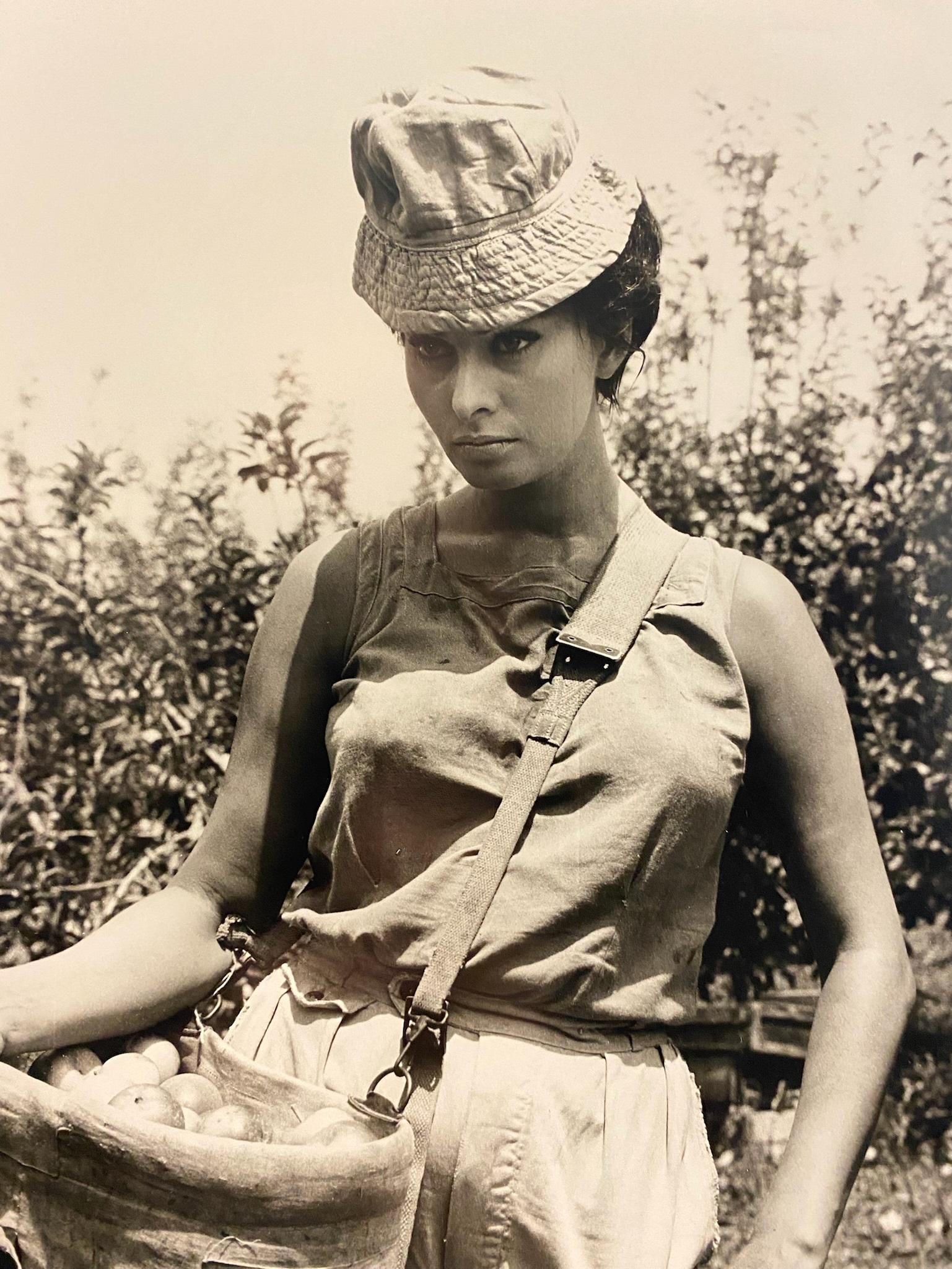
Equipped with a completed screenplay and financial backing from Paramount Pictures in Hollywood – which Kurt Unger secured after signing contracts with Sophia Loren and the Jewish American director, Daniel Mann – the costly and complicated production was launched. 11 years after leaving Israel, Unger came back to the country – albeit temporarily – as an international producer. The decision to shoot the film in Israel was not all a trivial one. At the time, the Canadian newspaper, Calgary Herald, quoted Unger as saying the following about that decision: “We’re working very hard to revive a piece of history. Here, a person inhales history with every breath he takes, and we have the reality and the authenticity that are of utmost importance on the screen.”
Loren was also happy to shoot the film in Israel. “I wanted to come to this country ever since the Pope was here last year, whose visit I watched on television,” Loren said in an interview with the New York Times, which was conducted in Israel and published in November 1964. “When Kurt Unger offered that I do a movie here based on a story written by Durrell, whose novels Justine and Clea I adore, I was overjoyed. So was Carlo (her husband, the producer Carlo Ponti – D.K.).” In that interview, she revealed that during the time she spent in Israel she learned around 200 words in Hebrew, enabling her to conduct a simple conversation with the locals.
Judith was the most expensive film ever made in Israel at the time. With a budget of $5 million, Judith cost more than Otto Preminger’s Exodus. An article in the newspaper Al HaMishmar that was published while the film was being shot reported that the locals wanted to take advantage of the “prosperity” (the word used in the article) that had come to Israel. Describing an anecdote from the shoot, Shmuel Bentov wrote the following: “A window in one of the shops had pictures of Ben-Gurion and the presidents of Israel on display. When the shopkeeper was asked to remove the pictures from the window because they were incongruous with the set of the film, he agreed to do so only after receiving a cash payment.”
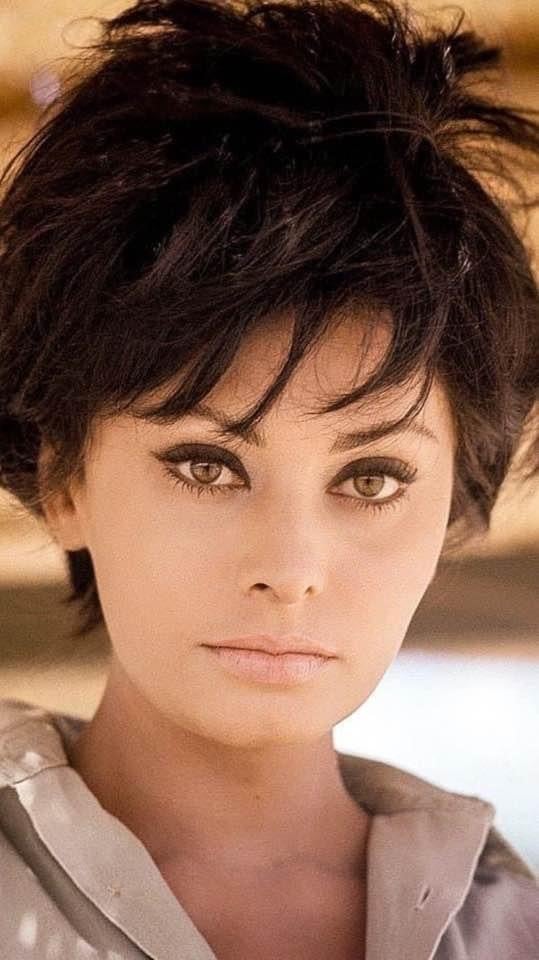
The main filming location was at the kibbutz built expressly for Judith. According to Daniel Unger, “because the film was made in 1964, it was hard to find an actual kibbutz that resembled one from 1948 that could be used for the shoots. My father had worked with the large studios in Europe and was well aware of the disadvantages of building a set in a studio. In view of the fact that the film included an airstrike, blasts and tanks, it was necessary to build a special set that would convey authenticity. In our day and age, all of that can of course be achieved digitally.”
Other scenes were shot in Haifa, Akko and Caesarea. Additionally, the Galil movie house in Nahariya was shut down for a while and used as a studio. The dazzling international cast was augmented by 14 imported stuntmen, a number of local actors such as Shraga Friedman, Shafrira Zakai, Zaharira Harifai, Yosef Gross and Zipora Peled, and about 3,000 extras who were recruited from kibbutzim in the area and the IDF. The paratrooper, Yoni Netanyahu, also served as an extra in the film.
The shoots ended with a 30th birthday party for Sophia Loren. The film was edited in London and its premiere was held in New York in January 1966. Judith was not a box office hit and did not get particularly good reviews. Nor will it be remembered as the highlight of any of its participants’ careers. Nonetheless, Kurt Unger was happy with the outcome. As Daniel Unger put it: “He was satisfied with the exposure that the film brought to Israel. He was satisfied by the fact that the film premiered at Radio City Music Hall in New York. And he also appreciated the congratulatory telegram he received from the then president of Israel, which hung on a wall in his office until the day he died.”